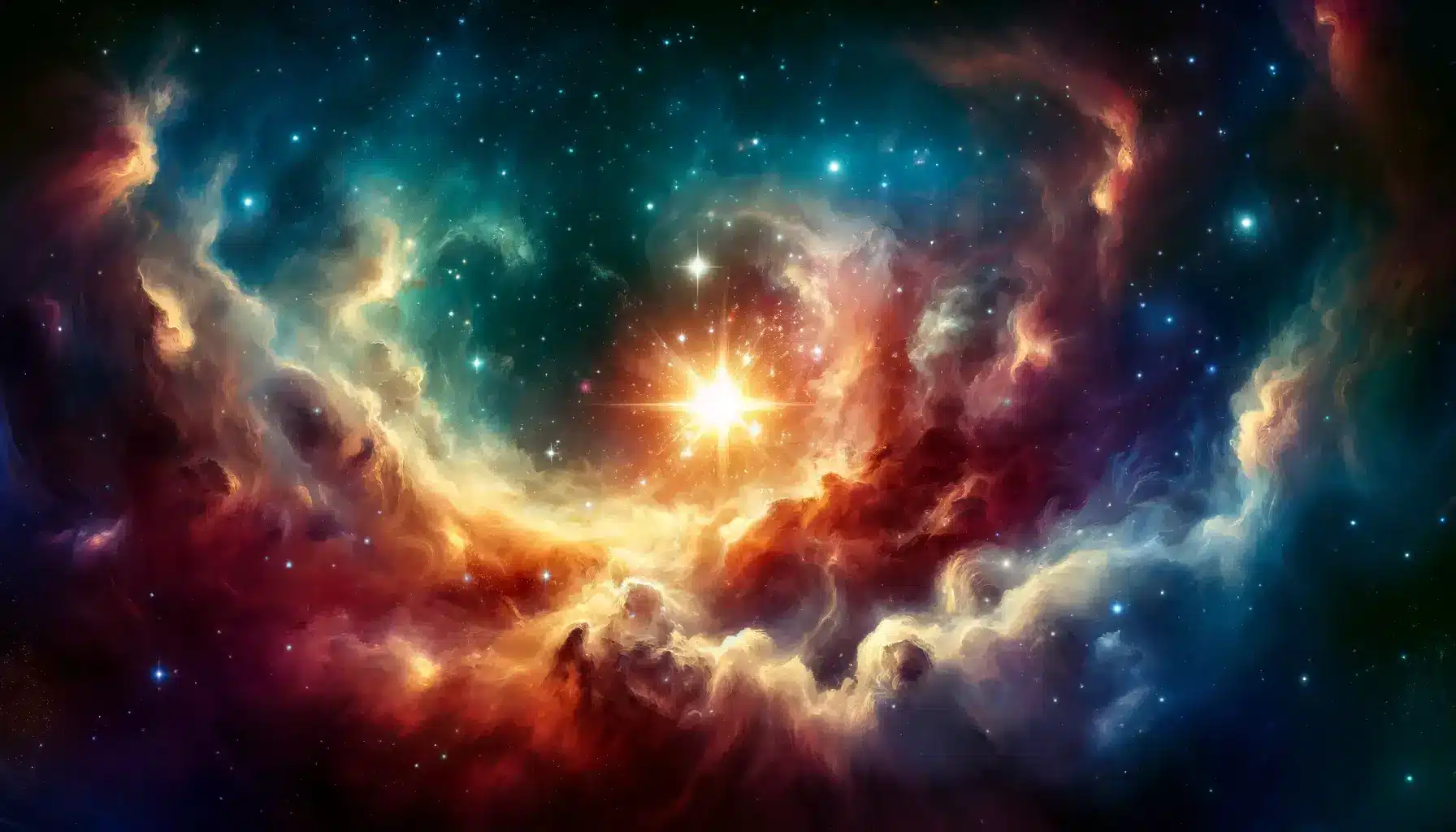In interstellar molecular clouds, large molecules can form despite the non-ideal conditions prevailing there

At the beginning of the 20th century, many researchers doubted the idea that in the gap in space, in the middle between stars and planets, there are complex molecules. But with advances in astronomical research methods, molecules have been found in various regions of space, such as carbon chains, complex organic molecules, fullerenes and polycyclic aromatic hydrocarbons. These molecules were discovered in areas and situations that are apparently unsuitable for the formation of chemical bonds and their survival.
What is the question? What molecules are formed in the clouds in space?
One of the places where molecules were discovered in space is molecular clouds - interstellar regions that form when there is a high concentration of interstellar matter (mainly hydrogen and helium) in one area. Thanks to the strong gravitational force created in them, these clouds attract more and more material to them, until they become stars (suns) that carry out nuclear processes. The clouds exist in various sizes and their density and size allow many molecules to form in them. One of the aromatic molecules recently discovered in a molecular cloud, which was a breakthrough discovery, is benzonitrile; It is a complex organic molecule containing carbons bound in a ring.
According to Dr. Tamar Stein, a theoretical chemist and researcher in the field of astrochemistry from the Faculty of Mathematics and Natural Sciences at the Hebrew University, "With technological progress, we are learning how rich our world is in molecules. However, we still do not know much about the mechanisms of their formation in certain regions of outer space, for example in molecular clouds - the place where stars are born. They contain a variety of large and complex molecules, and as a chemist I am interested in knowing how they are formed."
Simulation of a cluster after ionization: following the ionization, a molecule containing nitrogen was formed inside the ring.
In order to find out how the molecules are formed under the conditions of outer space, to predict their properties and behavior and the reactions between them, Dr. Stein and her team perform complex quantum calculations (such as the Schrödinger equation - the fundamental equation of motion of physical systems, which describes how their quantum state changes over time). This is because quantum theory describes the behavior of the elementary particles, including electrons, found in molecules and determines their properties and behavior. According to her, "We model the electronic structure of the molecules, meaning we decipher the behavior of the electrons, and thus can predict the properties and behavior of the molecules. We are looking for solutions that will describe the molecular state with a high level of accuracy in a short calculation time. Since these are complex calculations, we use approximation methods - a compromise between calculation time and accuracy."
The researchers wanted to check how it is possible for complex organic molecules to form in the molecular clouds, where the density and temperatures are low - conditions that are not ideal for this chemical reaction.
In their latest study, the researchers wanted to check how it is possible for complex organic molecules to form in the molecular clouds, where the density and temperatures are low - conditions that are not ideal for a chemical reaction, which are very different from those that exist on Earth. To this end, they performed several simulations, such as simulating simple molecules that can be building blocks for larger and more complex molecules, which are known to exist in the molecular clouds. The starting point of the researchers was that the simple molecules are arranged in a cluster. They removed an electron from it through interaction with ionizing radiation, and examined what happens to them in very short times (10-12 seconds). As a result of the removal of the electron, the equilibrium of the molecules in the cluster was disturbed, they began to move and a chemical bond was formed between them that led to the formation of new, more complex and larger molecules.
"We saw that ionization leads to a chemical bond, bonding, between several molecules in the cluster, and thus they became larger and more complex. It seems that a chemical reaction and one more, lead to the growth of the structure of the molecules. But in density and low temperatures, as exists in molecular clouds, the chance of them meeting each other is small. Now we have discovered that ionization and being in a cluster give the molecules a lot of energy needed for chemical change, to overcome the density and the low temperatures, and take them out of equilibrium, and this is how the complex organic molecules are formed. In other words, we may have discovered a new mechanism that occurs in space", concludes Dr. Stein.
Life itself:
Dr. Tamar Stein, 40 years old, mother of two children (12, 5), lives in Mebasheret Zion and devotes her free time to her children.
More of the topic in Hayadan:
- Chemical building blocks self-assemble to form a catalyst
- Did the building blocks of life form in interstellar clouds?
- Moths are also being fought in space: naphthalene components have been discovered in the clouds of outer space
- An incredibly complex froda has been found in outer space
- Molecular order exercises
